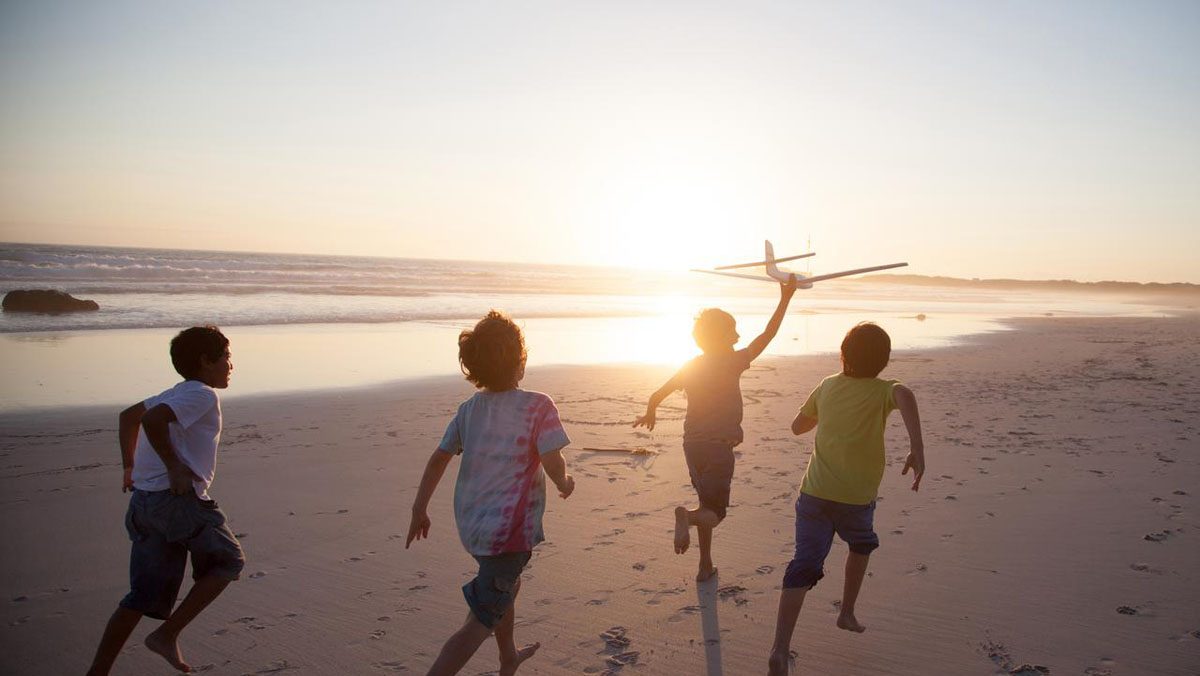World Children’s Day is celebrated every November 20 as a reminder that, no matter where on the planet they may have been born, all children have the right to health, education and protection.
This day also serves as recognition of the work of all those who work on a daily basis to ensure that children have a better future.
The aim of this day is to remind all citizens that children are the most vulnerable group and, therefore, the one that suffers the most from the different crises and problems in the world.
Convention on the Rights of the Child
The Convention on the Rights of the Child, the seed of World Children’s Day, is the international human rights treaty focused on safeguarding the rights of all persons under the age of 18.
Its application is obligatory for the governments of the signatory countries, although it also explains the responsibilities of other agents such as parents, teachers, health professionals or those affected, the children themselves.
What are the principles of this treaty?
The principles of this Convention, throughout its 54 articles, involve actions related to early childhood care, education or the development of a protective environment.
The four principles on which it is based are:
- Non-discrimination. Regardless of skin color, religion, origin or ideology professed by the parents, all children have the same rights.
- Best interests of the child. What may be best for children in each specific case must be taken into account in decisions, laws or policies that may affect this age group.
- Right to life, survival and development. Every child has the right to live and therefore, although it may seem redundant, to reach his or her full potential in life.
- Child participation. Children (those under the age of 18 according to this declaration) have the right to be consulted on situations that affect them and to have their opinions heard.
Digital education and childhood
Within this attention to children’s rights, and to be taken into account with special interest on this World Children’s Day, is education, a training tool that technology helps enormously with digital education, thanks to which training can reach remote places thanks to the power of the digital revolution.
For this reason, programs such as Profuturo seek to use digital education to leave no one behind.
Specifically, this joint initiative of “la Caixa” Foundation and Telefónica Foundation born in 2016 seeks to eliminate the education gap by improving the conditions of millions of girls and boys in vulnerable areas of Asia, Africa, the Caribbean and Latin America.
In these years of activity, Profuturo has impacted the lives of 28 million beneficiaries in almost fifty countries through technology and innovative teaching methodologies.
A bit of history: Why is November 20th celebrated?
On November 20, 1959, the General Assembly -one of the main bodies of the UN– adopted the Declaration of the Rights of the Child.
This text had been preceded by the Geneva Declaration of 1924, a document in which the League of Nations (from which the United Nations would later emerge), and after the horrors of World War I, assumed the existence of a series of specific rights for children and the responsibility of adults towards minors.
However, the 1959 declaration was not legally binding and, unfortunately, there were cases in which it was not a sufficient tool to protect children’s rights.
For this reason, and after years of multilateral negotiations with governments from all over the world, NGOs, other institutions and even religious leaders, on November 20, 1989, the final text of the Convention on the Rights of the Child was approved, this time a legally binding document for the countries that ratified it.
In 1990 this convention came into force after being signed and ratified by the first twenty nations, including Spain, which did so at the end of that year.
From those original 20, 196 states have now signed it and are accountable to the Committee on the Rights of the Child, with the United States being the only country on the planet that has not yet signed it, following the accession of South Sudan.
